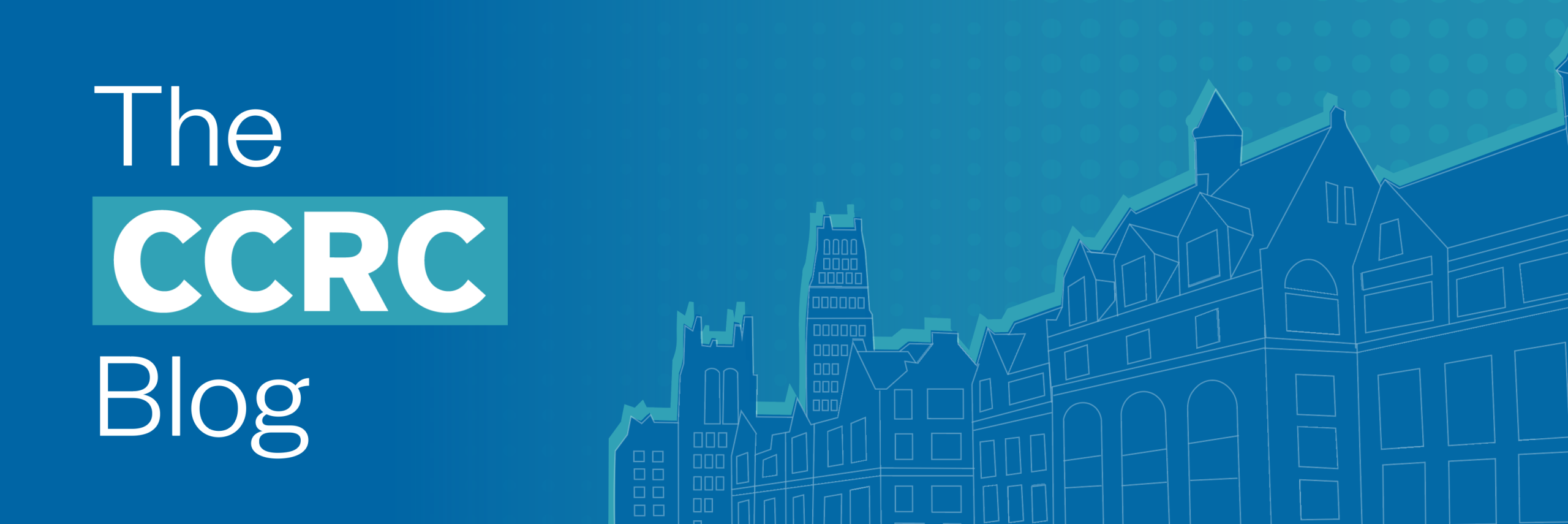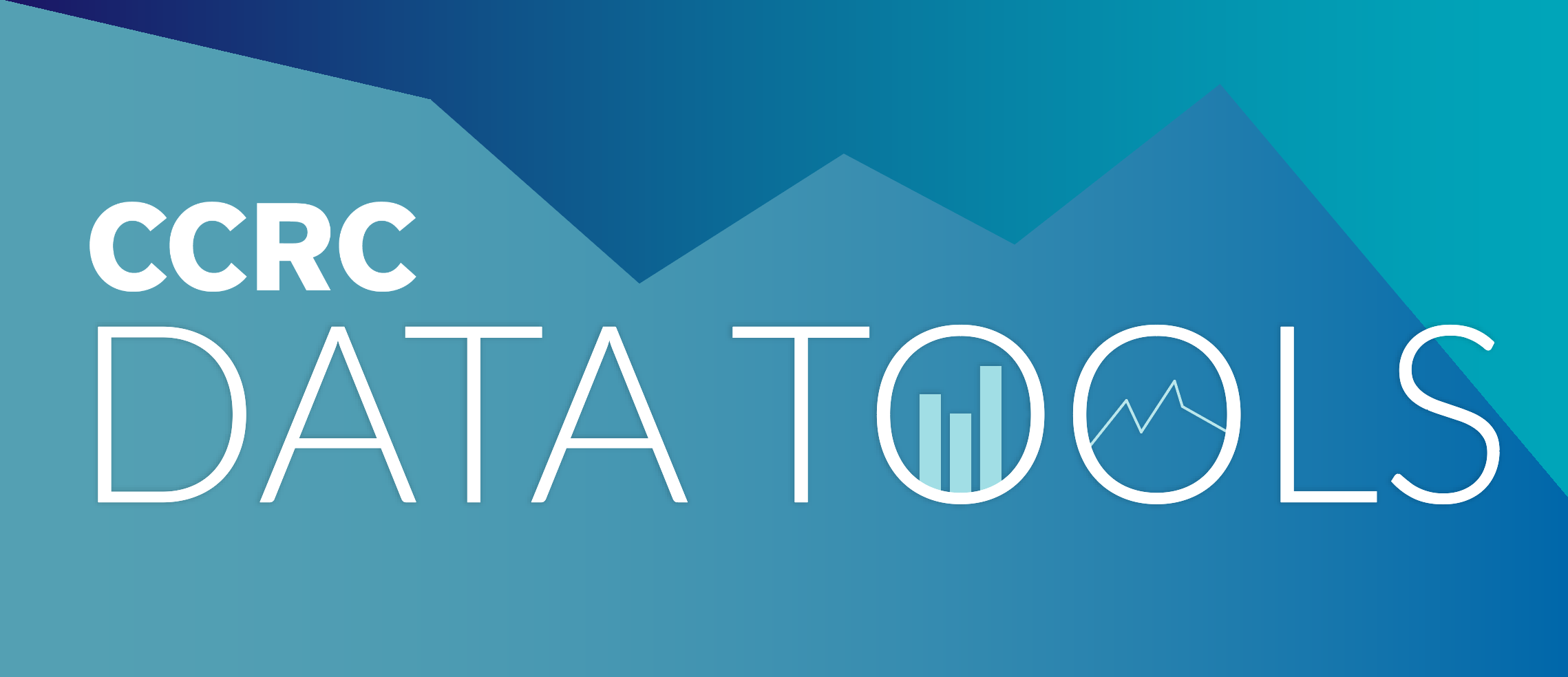Practitioners, policymakers, and researchers have long sought to understand and improve the college experience so that many more students can make it to college graduation. As a result, we now know a great deal about the systems and processes in higher education that create inequities in college-going and completion, as well as the many potential policy interventions that can help reduce those gaps.
Our new study of the employment outcomes of students in a major urban public college system shows that the work does not stop with getting students a diploma: Even among students who appear similar at graduation, lower- and higher-income students have very different experiences in the labor market. Specifically, we show that students who received Pell Grants, which are targeted to lower-income students, throughout their time in college earned about $5,000 (8%) less in their fifth year after college than graduates with otherwise similar pre-college characteristics and in-college experiences who never received Pell.
Our research also points to a potentially critical period for addressing this gap: the transition to the first significant job after graduation. Once we accounted for the types of first jobs students go into after graduation and how much they earn, the earnings gap between higher- and lower-income students dropped by about two thirds, to $1,700. How students find their first job therefore seems like a promising avenue of study.
Prior research indicates that students’ initial transition into the workforce is a particularly formative time for their careers. Economic conditions at the time of graduation have long-term impacts, partly because they affect the quality of graduates’ first jobs. Students who have the misfortune of leaving school during economic downturns see lower earnings for up to a decade. Our study, which uses administrative data from the college system linked to state Department of Labor data, raises the question of whether differences in students’ first jobs that arise from cross-group differences predict similarly long-lived consequences.
The answer to this question appears to be yes. In our sample, no other aspect of students’ background or experience predicts their later earnings as well as what they earn in their first job out of college. We find that those first salaries account for almost half of the explainable variation in year-five salaries, followed by the industry the student goes into (which makes up an additional 11%), their major (10%), and the average wages paid at their first employer (7%). Three of these top four predictors are characteristics of the first job, underscoring just how much influence on later outcomes the first job can have.
So what other differences beyond first-job earnings do we observe between lower-income college graduates and their higher-income peers? Lower-income grads are less likely to have already started working with their first post-college employer prior to graduation (34% vs. 40%), have lower starting salaries ($38,000 vs $43,000), and work at lower-paying firms ($53,000 average vs $64,000 average) than higher-income grads. Interestingly, the gap in the first firm’s average pay is substantially bigger than the gap in grads’ own starting salaries (even in percentage terms). In other words, lower-income grads start out at firms where they may have less room to grow.
Our descriptive evidence is consistent with the intuitive conclusion: Graduates from families with lower incomes appear to be disadvantaged in the first job transition, regardless of the broader economic context, and this has consequences for earnings gaps years later. Ultimately, we think these findings make a strong case for increased research and policy attention to understanding which aspects of the college-to-work transition may be most amenable to policy intervention.





